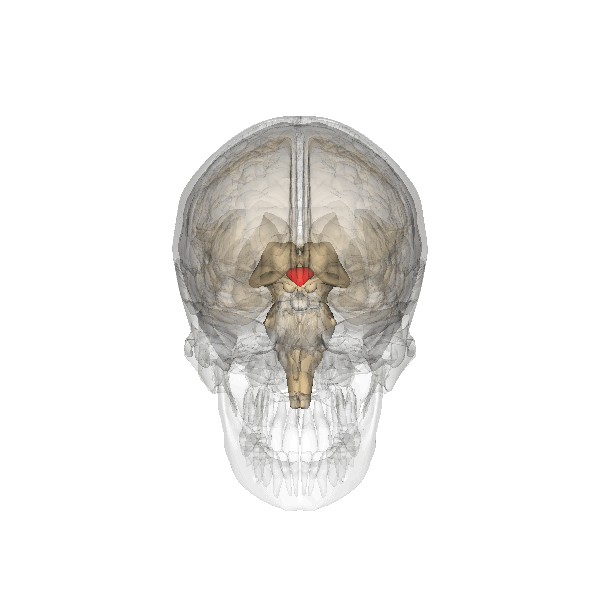 Morphine is commonly used for its analgesic properties in relieving pain. It comes in two forms: liquid and tablet. They can be administered via intramuscular, intravenous, subcutaneous, or oral. Dosage for analgesic effect is approximately 10mg, as compared to 60mg to 80mg in meperidine, a man made morphine. Onset of analgesia occurs within 5-20minutes following intramuscular administration and peak effect at 60 minutes. New epidural morphine can provide up to 48 hours of analgesia with a single injection.
Morphine is commonly used for its analgesic properties in relieving pain. It comes in two forms: liquid and tablet. They can be administered via intramuscular, intravenous, subcutaneous, or oral. Dosage for analgesic effect is approximately 10mg, as compared to 60mg to 80mg in meperidine, a man made morphine. Onset of analgesia occurs within 5-20minutes following intramuscular administration and peak effect at 60 minutes. New epidural morphine can provide up to 48 hours of analgesia with a single injection.
Morphine acts as an agonist at μ-receptors. Perception of pain is altered as it travels to the reward centers, located in the brain and spinal cord. Thus leading to inability to feel pain. Alterations in mood, dysphoria, euphoria, relief from headaches are some of the effects of morphine use.
Morphine sulfate is a white crystalline power (white cubical mass) and is soluble in water.
Tolerance level can be built up over sequential use of morphine. As tolerance to morphine is established, the level of analgesic effect between each dosage will decrease thus leading to an increased dosage to achieve the same pain relief as the initial dosage. Withdrawal includes nausea, chills, tremor, diarrhea, etc. Babies born from morphine-using mothers will also go through morphine withdrawal due to crossing of the placental barrier.
Detox from morphine addiction is extremely dangerous. Physical and emotional traumas can cause stroke, heart attack and death. Methadone is used to control the morphine addiction withdrawal but people will typically acquire an addiction for methadone on top of morphine addiction. Thus the best way to get off morphine is to go cold-turkey (stop using the drug without help from other drugs or medications). This ensures no opportunity of having a "mixed addiction", being addicted to a new drug while getting off an old one.
There are cases where morphine is used as a substitute for illicit heroin or as a form of treatment for heroin dependence. The substitute for morphine addiction itself is usually a narcotic with similar analgesic effect, sometimes Demerol.

In 1997, Michael Jackson released the remix album Blood on the Dance Floor: HIStory in the Mix. Although it is the best selling remix album ever released, this album contains one of the controversial songs in Jackson's career. "Morphine", centralizes on the theme of drug usage of Demorol and morphine. Demorol, generically known as meperidine hydrochloride, is a man-made synthetic compound with similar analgesic effect as morphine. This drug is prescription only and distribution is strictly controlled.
Throughout the song, Jackson made many references to morphine and Demorol in the lyrics. Critics have commented his song to be sung from the perspective of the drug itself. Others say it foreshadows Jackson's ongoing drug addiction. Unfortunately, Michael Jackson passed away on June 25, 2009 after suffering cardiac arrest.
To further your knowledge of the topics from past weeks, please take the time to watch this educational video, Illegal Drugs and How They Got That Way - Opium, Morphine, & Heroin, from The History Channel.
The 5th and final addition to the Team Opioid blog will be added next week.
Please stay tuned for it.

YOU ARE DOING YOUR PRESENTATION ON THIS SUBJECT RIGHT NOW!!!
ReplyDeleteWe are dedicated to the Cocaine Addiction Treatment in Florida of every individual that visits the Good Future Delray Beach Cheapest Drug Abuse Treatment. All of our facilities are licensed by the Florida Department of Children and Families (DCF).
ReplyDelete